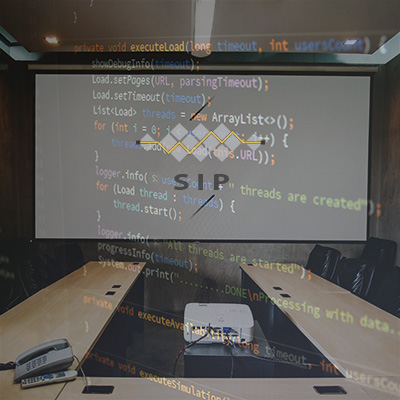SIP Protocol
CategoryInternet Protocol
Session Initiation Protocol (SIP) 2.0 is an application-layer signaling protocol for managing media sessions with one or more participants. These sessions include Internet telephone calls, click-to-dial services, video streaming, multimedia conferences and instant messaging.
Media Control Handling
Voice and Video Session Management
SIP 2.0 helps route multimedia requests to the user's current location, authenticate and authorize users for telecommunications services, implement call-routing policies and provide value-added features to multimedia interaction participants.
Numerous protocols have been authored to carry various forms of real-time multimedia session data for voice, video or text messages — such as RTP, RTSP, XMPP, Skype and Hangouts. SIP works in concert with these protocols by enabling media endpoints called User Agents (UA) to discover one another, and to agree on the characteristics of a media session they would like to share using SDP and other description formats.
SIP is designed to be independent of the underlying transport layer protocol, and can be used with UDP, TCP and SCTP. Similarly, SIP works without dependency on the actual type of the media session that is being established. This makes SIP a universal media signaling standard used for controlling a broad spectrum of rich communications, ranging from modern Internet multimedia services to traditional PSTN telephone calls.
